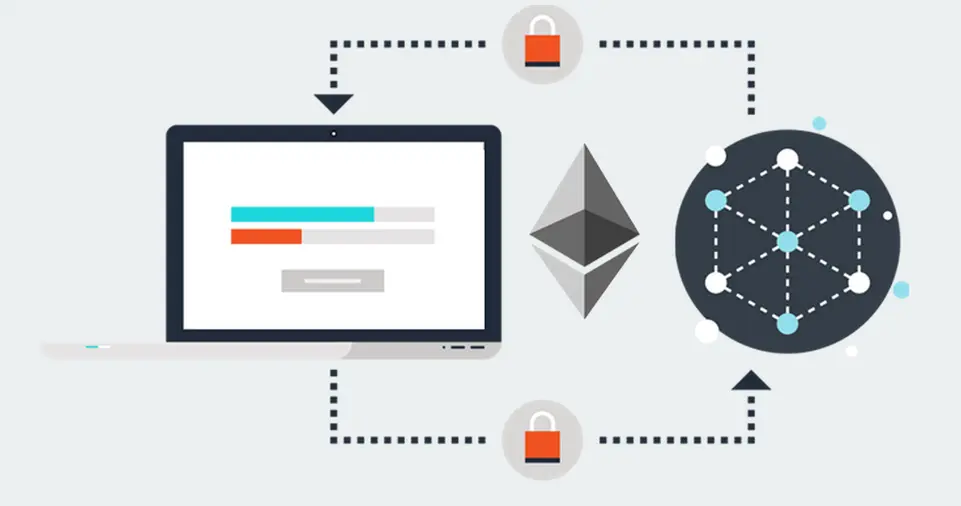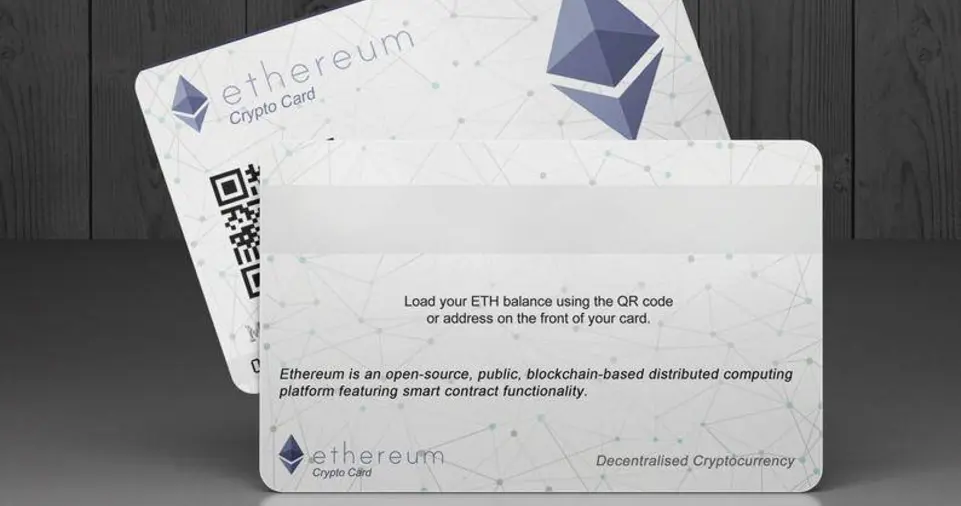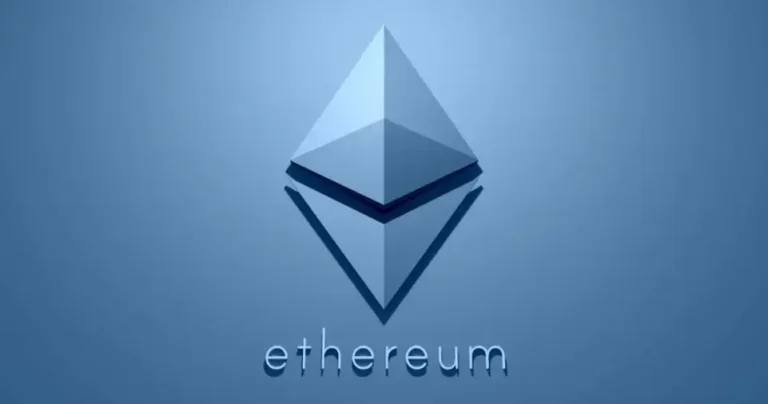The world of blockchain technology is growing rapidly, and Ethereum stands at the forefront of this revolution.
One of Ethereum’s most compelling features is its ability to execute smart contracts—self-executing agreements coded directly onto the blockchain.
These contracts automate processes, making transactions faster, more secure, and free from intermediaries.
For developers, learning how to create smart contracts on Ethereum is a game-changing skill, opening up a realm of possibilities in decentralized applications (dApps), finance (DeFi), gaming, and more.
This article provides a comprehensive, step-by-step guide to developing your first smart contract on Ethereum.
We’ll cover everything from setting up your development environment to deploying your contract on Ethereum’s testnets and even interacting with it through front-end interfaces.
Whether you’re a beginner or someone looking to refine your skills, this guide is crafted to help you understand and implement smart contracts effectively.
By the end, you’ll be ready to explore the powerful ecosystem of decentralized applications powered by Ethereum.
What Are Smart Contracts and Why Are They Important?
Understanding Smart Contracts
Smart contracts are pieces of code stored on the blockchain that automatically execute specific actions when predefined conditions are met.
Unlike traditional contracts, which rely on intermediaries to enforce terms, smart contracts operate without third-party involvement.
For example, imagine an insurance smart contract.
If a flight is canceled, the smart contract automatically issues a refund to the insured party without requiring claims to be filed or verified by a human.
This eliminates manual processes and significantly reduces the risk of errors or disputes.
Benefits of Smart Contracts
- Trustless Transactions: The blockchain ensures that transactions are immutable and transparent, reducing the need to trust third parties.
- Cost Efficiency: By removing intermediaries, smart contracts can reduce operational costs significantly.
- Automation: They execute tasks automatically, saving time and increasing efficiency.
- Global Accessibility: Once deployed, smart contracts are accessible to anyone with an internet connection.
Ethereum’s Role in Smart Contracts
Ethereum introduced smart contracts in 2015, enabling developers to build decentralized applications.
Powered by its programming language Solidity, Ethereum provides tools, testnets, and infrastructure that make creating and deploying smart contracts accessible to developers worldwide.
Getting Started: Setting Up Your Development Environment

Before diving into code, you need to prepare your development environment.
This section outlines the necessary tools and steps.
Step 1: Install Node.js and npm
Node.js is a JavaScript runtime that allows developers to build server-side applications.
With npm (Node Package Manager), you can install libraries required for Ethereum development.
Steps to Install:
- Visit the official Node.js website.
- Download the version suitable for your operating system.
- Follow the installation instructions and verify the installation:bashCopy code
node -v npm -v
Step 2: Choose a Development Framework
Ethereum frameworks simplify the process of creating, testing, and deploying smart contracts.
Popular choices include:
- Truffle Suite: A full-fledged development framework for Ethereum.
- Installation:bashCopy code
npm install -g truffle - Features: Built-in test framework, migration scripts, and seamless integration with Ganache.
- Installation:bashCopy code
- Hardhat: A more modern and customizable framework.
- Installation:bashCopy code
npm install --save-dev hardhat - Features: Advanced debugging tools, better error handling, and Ethers.js integration.
- Installation:bashCopy code
Step 3: Install Ganache for Local Blockchain Testing
Ganache is an Ethereum blockchain simulator that lets you test smart contracts locally before deploying them on a public testnet.
It mimics Ethereum’s blockchain environment, providing a safe space for development.
Steps to Install and Use Ganache:
- Download from the Ganache website.
- Install and launch Ganache.
- Connect your Ethereum development framework (Truffle or Hardhat) to Ganache for testing.
ALSO READ: How to Understand the Basics of Blockchain Technology
Writing Your First Ethereum Smart Contract
Step 1: Create Your Project Directory
Organizing your files is essential for smooth development.
Start by creating a project directory:
bashCopy codemkdir MySmartContract
cd MySmartContract
npm init -y
Step 2: Write Your Solidity Code
Inside the project directory, create a folder called contracts and then create a file, e.g., MyContract.sol.
Here’s a simple example of a smart contract:
Code Example: Basic Smart Contract
solidityCopy code// SPDX-License-Identifier: MIT
pragma solidity ^0.8.0;
contract MyContract {
string public message;
constructor(string memory initialMessage) {
message = initialMessage;
}
function setMessage(string memory newMessage) public {
message = newMessage;
}
}
Compiling and Deploying Your Smart Contract

Step 1: Compile the Contract
Use your framework to compile the Solidity code.
For Truffle, run:
bashCopy codetruffle compile
For Hardhat:
- Install the Solidity plugin:bashCopy code
npm install --save-dev @nomicfoundation/hardhat-toolbox - Compile:bashCopy code
npx hardhat compile
Step 2: Write a Deployment Script
Create a deploy.js file in your project’s scripts folder and include the following code:
Example Deployment Script
javascriptCopy codeconst hre = require("hardhat");
async function main() {
const MyContract = await hre.ethers.getContractFactory("MyContract");
const myContract = await MyContract.deploy("Hello, Ethereum!");
await myContract.deployed();
console.log("Contract deployed to:", myContract.address);
}
main().catch((error) => {
console.error(error);
process.exitCode = 1;
});
Step 3: Deploy to a Local Blockchain
Run Ganache or Hardhat’s local blockchain to test deployment:
bashCopy codenpx hardhat node
Then deploy your contract locally:
bashCopy codenpx hardhat run scripts/deploy.js --network localhost
Testing Your Smart Contract
Testing ensures your contract behaves as expected before going live.
Writing Tests
In your testing directory, write tests using Mocha and Chai.
For example:
javascriptCopy codeconst { expect } = require("chai");
describe("MyContract", function () {
it("Should return the initial message", async function () {
const MyContract = await ethers.getContractFactory("MyContract");
const myContract = await MyContract.deploy("Hello, Ethereum!");
await myContract.deployed();
expect(await myContract.message()).to.equal("Hello, Ethereum!");
});
});
Running Tests
To execute your tests:
bashCopy codenpx hardhat test
Deploying to Ethereum Testnet
Deploying to testnets like Goerli helps you test on an Ethereum-like environment with real network conditions.
Steps to Deploy on Goerli:
- Obtain Test ETH: Use a faucet like Goerli Faucet.
- Update Network Configurations: Add Goerli details to your framework’s configuration file.
- Deploy:bashCopy code
npx hardhat run scripts/deploy.js --network goerli
Interacting with Deployed Contracts
Use Ethers.js to interact with your smart contract programmatically.
Here’s an example:
Example Script
javascriptCopy codeconst { ethers } = require("ethers");
const provider = new ethers.providers.JsonRpcProvider("http://localhost:8545");
const signer = provider.getSigner();
const contractAddress = "YOUR_CONTRACT_ADDRESS";
const abi = [
"function message() public view returns (string)",
"function setMessage(string memory newMessage) public"
];
const contract = new ethers.Contract(contractAddress, abi, signer);
async function interact() {
const currentMessage = await contract.message();
console.log("Message:", currentMessage);
await contract.setMessage("New message!");
console.log("Message updated!");
}
interact();
Final Deployment: Ethereum Mainnet
Deploy to the Ethereum mainnet only after thorough testing. Update your network configurations, acquire real ETH, and deploy similarly to testnet deployment.
ALSO READ: Blockchain Platforms for Your Business: How to Avoid Costly Mistakes When Choosing 1
Conclusion
Developing a smart contract on Ethereum is an exciting and rewarding journey.
By mastering the process outlined in this guide, you can contribute to the rapidly evolving blockchain space.
Whether you’re building financial tools, NFT platforms, or decentralized games, the possibilities are endless.
Stay curious, keep experimenting, and welcome to the world of blockchain development!











